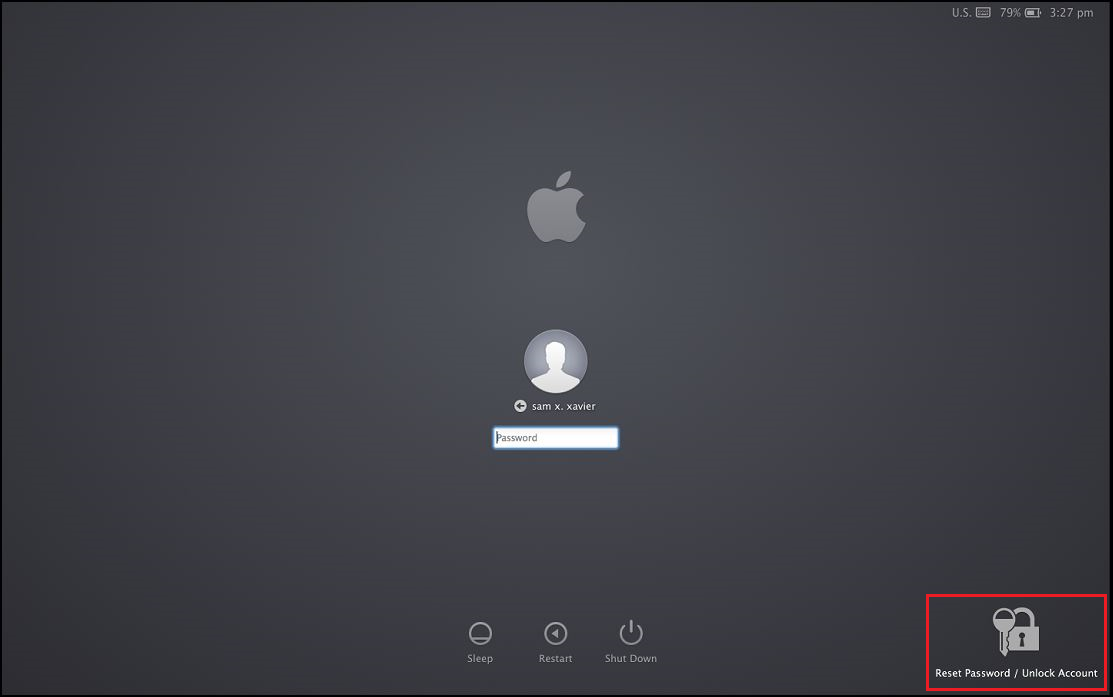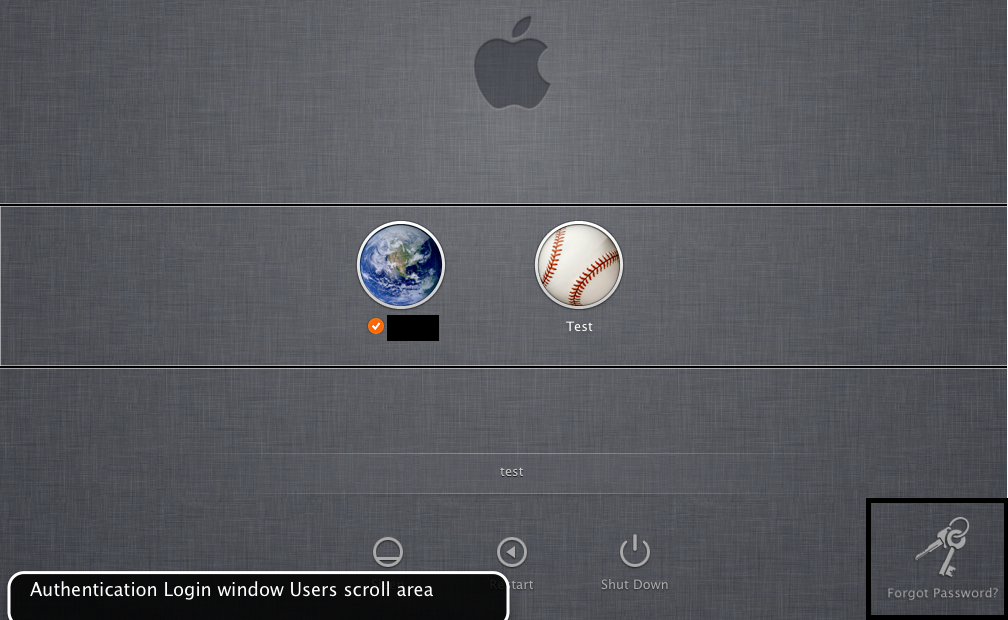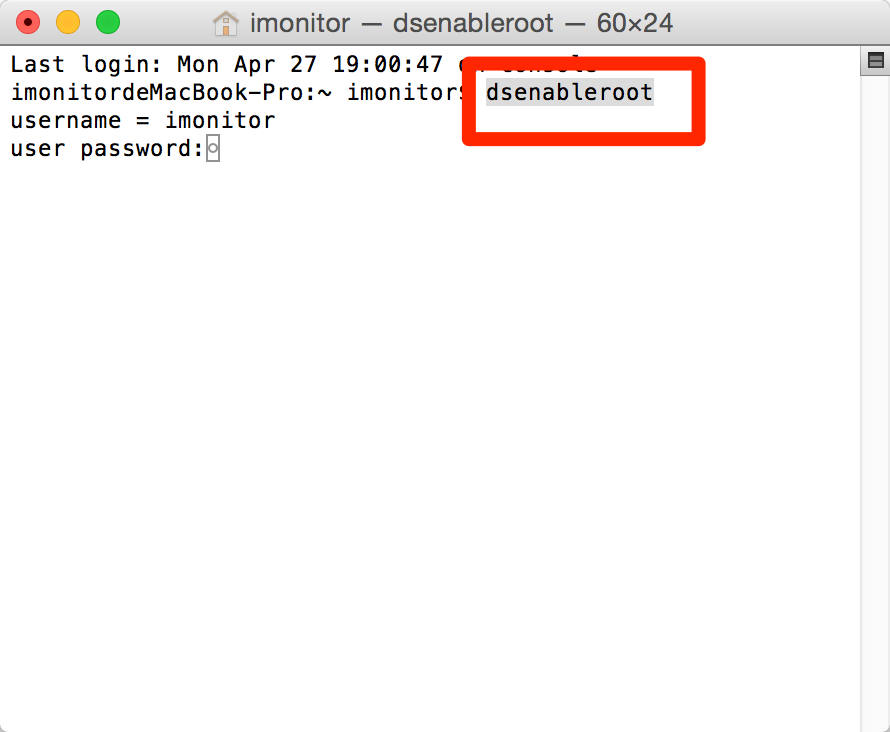We have detected that you are using Internet Explorer to visit this website. Internet Explorer is now being phased out by Microsoft. As a result, NHS Digital no longer supports any version of Internet Explorer for our web-based products, as it involves considerable extra effort and expense, which cannot be justified from public funds. Some features on this site will not work. You should use a modern browser such as Edge, Chrome, Firefox, or Safari. If you have difficulty installing or accessing a different browser, contact your IT support team.


Identity Agent For Mac Os High Sierra


Mac Os For Pc
While many of you are remotely connecting to the office these days due to COVID-19, we suggest you visit our Remote Access (VPN) / Endpoint Security Clients product page, where you will find information about popular VPN issues, recently updated issues, software downloads and documentation.
Checkpoint Identity Agent Mac Os
- CentrifyAgent,CentrifyIdentityService,MacEditionisapartofCentrify software and is protected by U.S. 7,591,005, 8,024,360, 8,321,523, 9,015,103 B2, 9,112,846, 9,197,670 and 9,378,391. NoticeofDiscontinuationofSupportforMacOS10.9.x:Centrify isdiscontinuingsupportforMacOS10.9.xinthisreleaseof CentrifyforMac.
- MyID Mobile Identity Agent is an application that manages the provisioning of certificates to the Virtual SmartCard (VSC) stored in the TPM of a mobile device. The VSC can then be used within the Enterprise for S/MIME signed and encrypted email and 2-way SSL secure web browsing.
- The Microsoft Authentication Library (MSAL) for macOS and iOS supports Single Sign-on (SSO) between macOS/iOS apps and browsers. This article covers the following SSO scenarios: Silent SSO between multiple apps. This type of SSO works between multiple apps distributed by the same Apple Developer. It provides silent SSO (that is, the user isn't prompted for credentials) by reading refresh tokens written.
